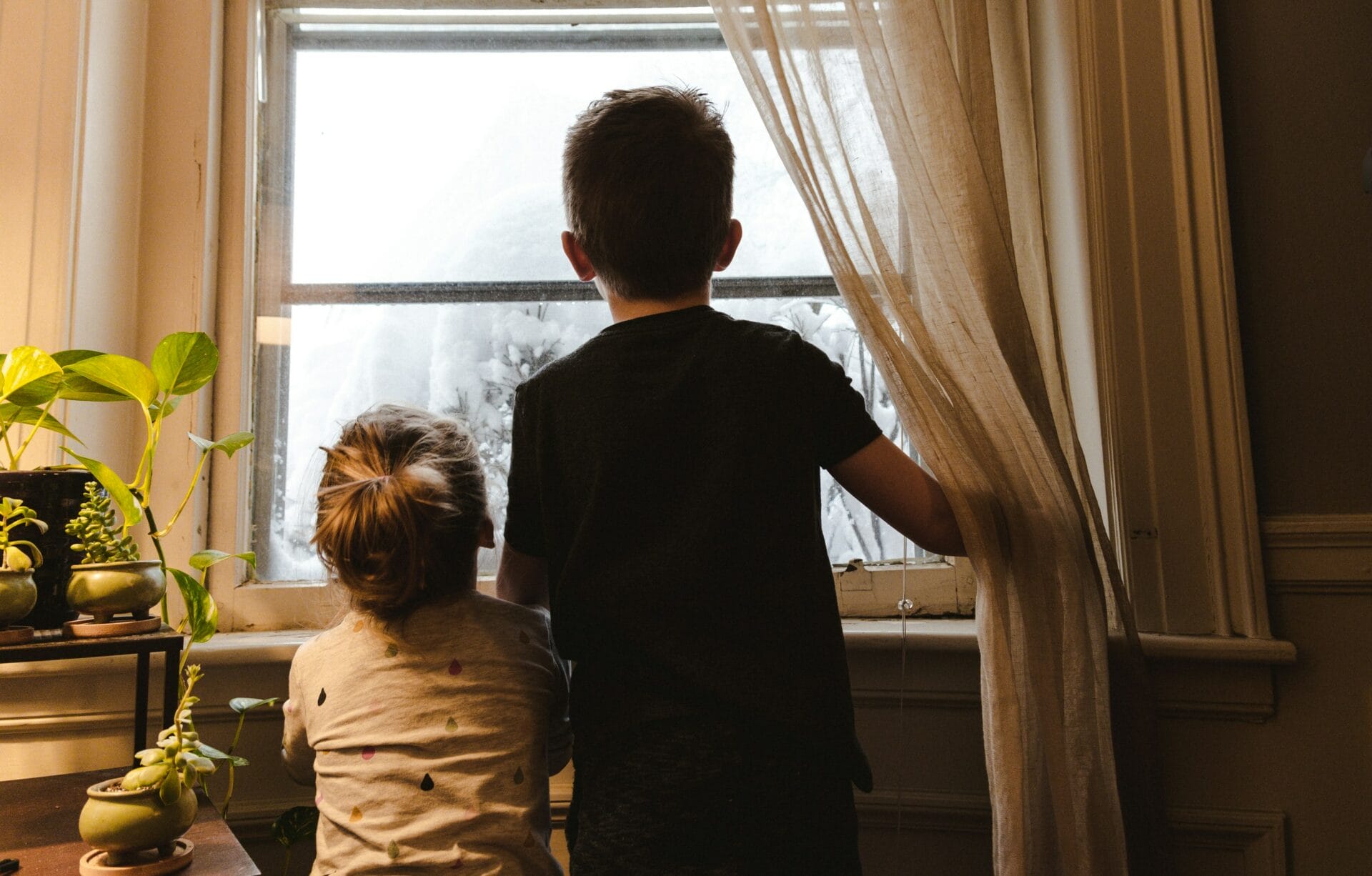Did you know that myopia, also known as shortsightedness tends to progress faster in winter months compared to summer? According to the Correction of Myopia Evaluation Trial (COMET), myopia progressed more rapidly in winter among 358 children from diverse ethnic backgrounds, likely due to decreased exposure to daylight and increased academic pressures. Here are some tips to help keep your child’s myopia in check this winter:
Ensure They Are Using the Most Appropriate Level of Myopia Control:
There are various interventions available to correct your child’s myopia and slow its progression. Since every child is unique, they might need different interventions to optimally control their shortsightedness, and these requirements may change over time. It’s advisable to have an eye test at the beginning of the winter months so your optometrist can review and possibly update the myopia management plan, ensuring your child is receiving the most appropriate interventions. Read our blog articles to learn about myopia and the common myopia control interventions.
Maximize Natural Light Exposure:
During winter, the shortened daylight hours can limit children’s exposure to natural light, a key factor in acclerating myopia progression in winter. Aim for your child to spend at least one to two hours outside each day, even if it’s cold. Dress them warmly and encourage activities like walking, playing in the park, or cycling. Consider using an outdoor activity tracker to schedule outdoor time during winter. If outdoor play is unappealing to your children or if the weather is not ideal, encourage them to read or use devices in outdoor spaces like a balcony or backyard. Organizing family trips to places like zoos, parks, or ski resorts over the weekend can also increase their daylight exposure.
Monitor Indoor Lighting:
Good indoor lighting is crucial, especially as children spend more time indoors during winter. Ensure their reading or workspaces are well-lit with bright and even light to prevent eye strain. Avoid placing desks directly under overhead lights or behind large shadows. Ideally, the light should come from behind or to the side of the child.
Encourage Regular Breaks from Screen Time:
With colder weather keeping children indoors, screen time often increases, which can contribute to eye strain and myopia progression. Implement the 20-20 rule: every 20 minutes, encourage your child to look at something far away for at least 20 seconds. This practice helps relax the eye muscles and reduce strain. It is also important to enforce regulations about device usage, including limited time, good posture, and proper ambient lighting.
Watch Out For Dry Eyes:
Heating systems can dry out the indoor air during winter, leading to dry and irritated eyes. This can be particularly problematic for children using soft contact lenses or orthokeratology lenses as part of their myopia management. Dry eyes can make it difficult and uncomfortable for children to wear their lenses consistently, potentially disrupting their myopia management. Consider using a humidifier in your child’s room to maintain adequate humidity, and keep their living spaces free of dust and allergens that can irritate the eyes. Read our blog article to learn more about dry eyes.
By taking these steps, you can help manage your child’s myopia effectively throughout the winter months.
Book An Eye Test For Your Child Today!

